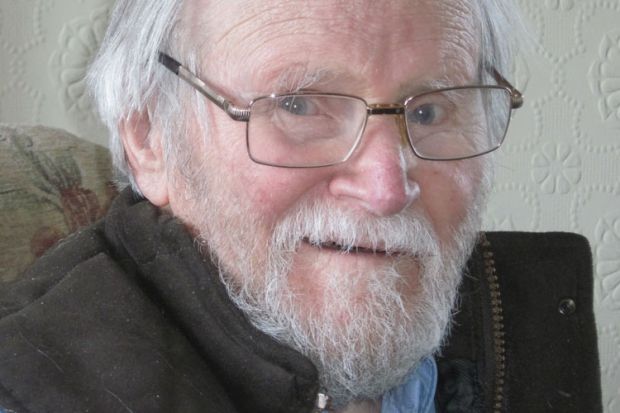Jay Appleton was born in Leeds on 28 December 1919 and moved to Norfolk as a young child. He secured a war degree in geography from the University of Oxford in 1940 and, as a conscientious objector, worked on bomb disposal in London for the Royal Engineers. After completing a master’s in geology at what was then King’s College in Durham, he joined the University of Hull in 1950. He would be awarded the first personal chair in Hull’s geography department in 1978. He retired in 1983, although he continued to work part-time until 1985.
In 1975 Professor Appleton set out his “prospect-refuge theory”– which argues that humans are genetically hardwired to recognise and respond to certain types of landscape – in The Experience of Landscape. This work made him a significant figure in the wider shift to what is known as “the new cultural geography”, which studies images, artworks and the meanings people invest in landscape alongside hard empirical data. His ideas also proved very interesting to landscape architects and were referenced by Simon Schama in the introduction to his 1995 book Landscape and Memory.
Early in his career, Professor Appleton published and read on the BBC stories written in Norfolk dialect. After his retirement, he turned to poetry. Last year, however, he returned to the theme of prospect-refuge theory in a collaborative exhibition with the photographer Simon Warner, titled Image, Instinct and Imagination: Landscape as Sign Language. It was first shown at the Royal Geographical Society in London, then moved on to Edinburgh and Halifax, and can now be seen in Bath Central Library.
“Jay was truly inspirational as a teacher,” said Ian Reid, emeritus professor of physical geography at Loughborough University. “As an undergraduate at Hull in the 1960s, I would come out of his lectures surprised at what he had revealed about the landscape and how it had become what it is, why railways and canals had been built where they were, and how this had shaped our industrial past and present.”
Professor Reid added: “He was intellectually active to the last. Indeed, in 2014, as a nonagenarian, he [must have been] the oldest Fellow of the Royal Geographical Society to have put on a public exhibition at its apartments in South Kensington, arriving for the opening resplendently in straw boater and in a wheelchair.”
Professor Appleton died on 27 April and is survived by three sons and six grandchildren.
Register to continue
Why register?
- Registration is free and only takes a moment
- Once registered, you can read 3 articles a month
- Sign up for our newsletter
Subscribe
Or subscribe for unlimited access to:
- Unlimited access to news, views, insights & reviews
- Digital editions
- Digital access to THE’s university and college rankings analysis
Already registered or a current subscriber? Login
